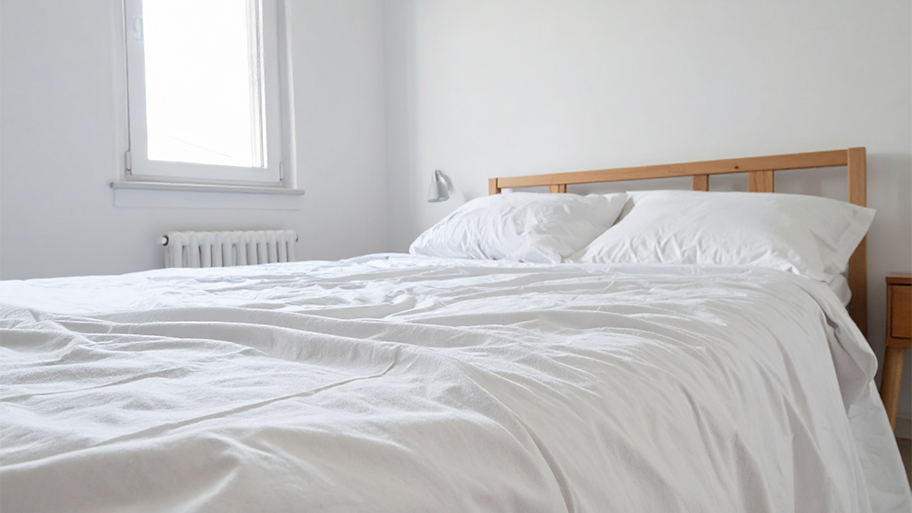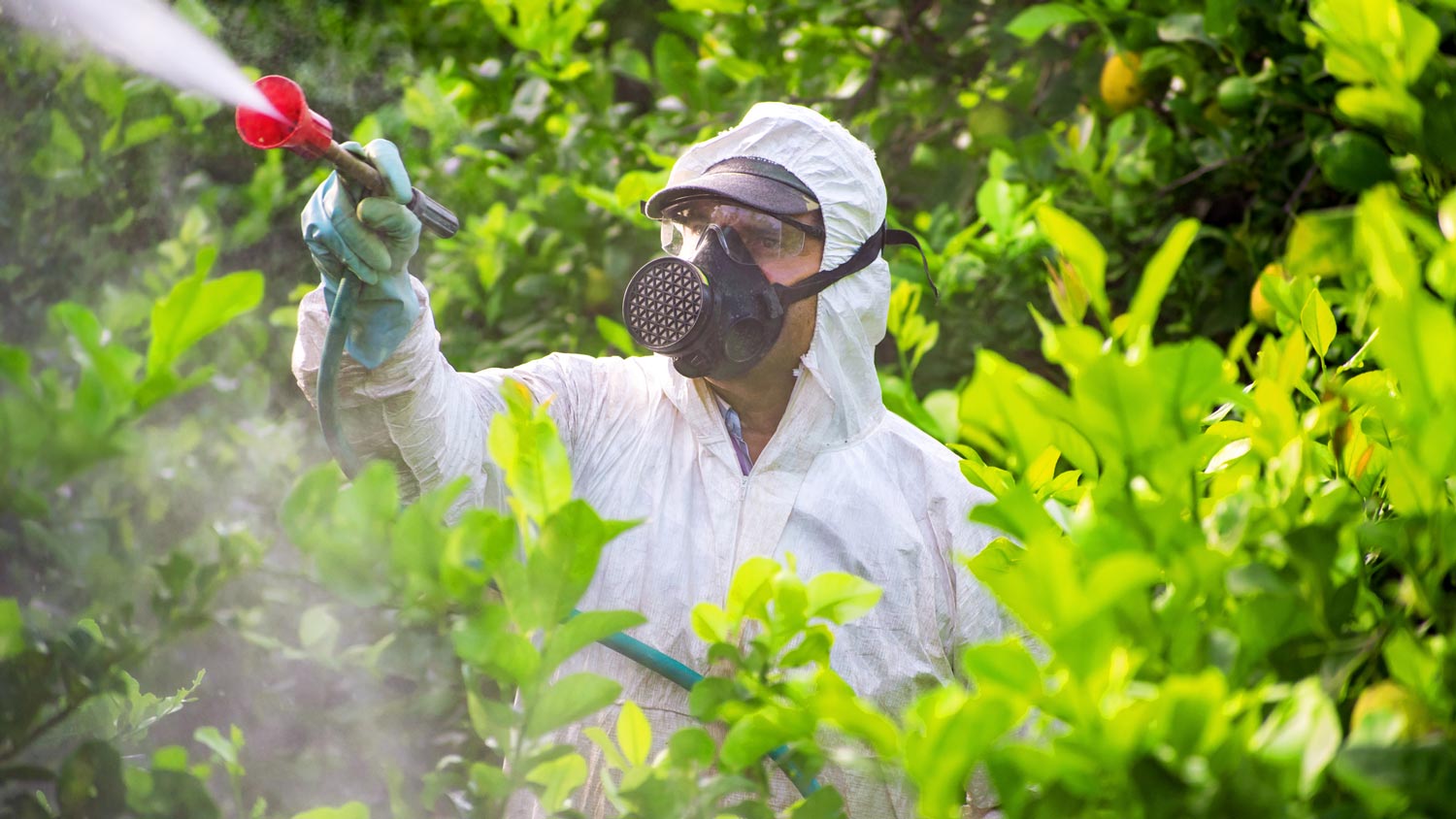
If you discover a wasp nest near your home, you’ll want to remove it ASAP. Learn wasp nest removal cost factors in this guide.
To keep the cat snuggles coming, know how to get rid of fleas for good


There are few things more comforting than the purring of your favorite feline. But that quality time quickly becomes a nightmare when you find yourself—and your home—being swarmed with cat fleas. So what can you do to get rid of these harmful pests once and for all?
Every pet parent knows that cat fleas are more than just a nuisance—they can also pose a significant health risk to humans and animals alike. But what many homeowners don’t know is that you don’t have to have a cat to have cat fleas.
In fact, cat fleas can enter your home in innumerable ways, including being unwittingly carried on human hosts who were exposed elsewhere. And it’s not just the mature fleas that are a problem. Fleas can lay their eggs on almost any surface, from blades of grass to furniture upholstery. It only takes a day or so for those eggs to hatch, releasing a whole host of new babies wherever the eggs may have been deposited or inadvertently transported on a pants cuff, a shoe, or a coat sleeve.
And because fleas begin hatching their own eggs within three weeks of birth, that means that you can have literally millions of fleas in your home within a mere six weeks.
So, as you’ve probably guessed by now, one of the first and most important steps in getting rid of cat fleas is to prevent them from entering your home in the first place.

One of the best ways to help prevent a flea infestation in your home is to ensure your yard is protected. That’s because animals and humans alike can easily introduce cat fleas into your yard. After all, these crafty critters excel in hitching rides of fur and fabric alike.
A local pest control specialist can treat your outdoor spaces, as well as all entry points to your home, with pesticides that are lethal for fleas but safe for your family, including your fur children.
Once your outdoor spaces are protected, turn your attention inside. This includes ensuring that you wash and vacuum your clothing if you have been anywhere where fleas might have been present (such as inside homes with animals or untreated outdoor spaces, particularly where grasses and weeds are high and abundant).
You should also wash and vacuum other fabrics, from bedding to towels to drapes. Not only do fleas love to take up residence in these soft surfaces, but they’re also a prime spot for fleas to lay their eggs.
With upholstery that can’t simply be thrown into the wash, a steam cleaner with handheld attachments will help eradicate these nasties from your furniture. You can then follow this with a safe pesticide to prevent reinfestation.
And if you have a significant infestation, or you simply feel the need to hit the critters with the big guns, you can also always call in a local exterminator yo treat not only your yard but also your home’s interiors. Due to the lifecycle of the flea and the challenges of killing off these pests before they hatch or while they’re still in the larval stage, you will likely need to follow up your initial professional flea treatment with an additional pesticide application 2 weeks later. This will help ensure that any eggs or larvae from the initial infestation don’t survive the second round of treatment.
For most homes, the average cost of flea extermination is around $270, according to HomeAdvisor, depending on your location, the size of your home, the severity of the infestation, and the type of pesticide used.

If you have a pet, then simply treating your yard and attending to your home’s soft surfaces won’t suffice. You will also need to treat your pet. This can be a frightening proposition, to be sure, since you will want to ensure both the efficacy and the safety of your fur baby.
When it comes to preventing fleas on your pet, you have a lot of options such as flea collars, oral and topical pesticidal agents, and flea shampoos. Your veterinarian may also prescribe a flea treatment and prevention regime that may be more effective and safer than what may be purchased in-store.
In addition, there are a number of natural methods that can be used to help prevent flea infestations of your pet. Regular bathing, grooming, and combing, particularly with brushes and combs designed to trap fleas and flea eggs, work best for helping to prevent flea.s. In addition, natural remedies, such as food-grade diatomaceous earth, can be applied to your pet’s bedding and even to your pet’s food in small quantities. However, because every fur baby is unique and precious, you should always consult your pet’s veterinarian before using any natural, homeopathic, or over-the-counter flea treatment.
From average costs to expert advice, get all the answers you need to get your job done.

If you discover a wasp nest near your home, you’ll want to remove it ASAP. Learn wasp nest removal cost factors in this guide.

It’s important to know bed bug treatment costs if you have an infestation. Our guide covers different treatment methods and cost factors to eliminate these pests.

Termite damage repair costs can vary greatly based on the damage severity and location. Learn more about the associated costs of this project with our guide.

Learn who to hire to exterminate mosquitos, compare mosquito extermination and pest control, and see how pros work. Get clear steps to choose with confidence.

Learn how to keep coyotes away from your home. Simple strategies to help stop crafty coyotes from using your yard as a crash pad.

Is it a common house spider or a brown recluse? Learn how to identify a brown recluse spider so you know how to handle it.